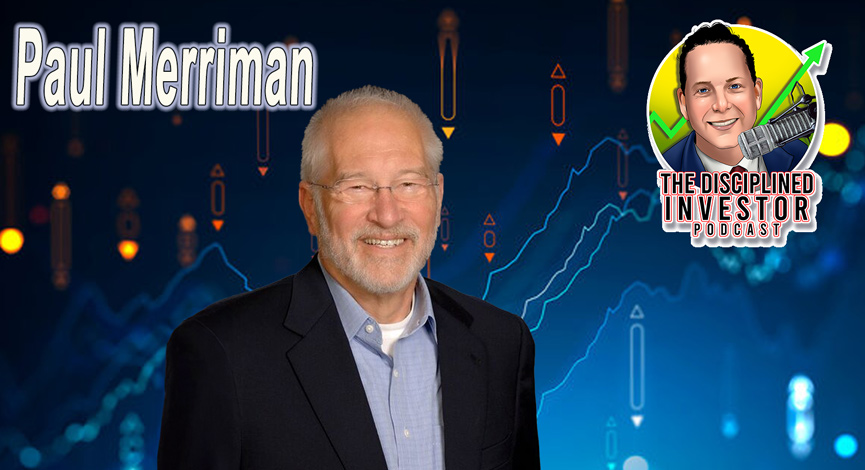How can they tell what the final numbers are, before the day ends? Have you pondered that question since survey results are often released before Black Friday comes to a close? Supposedly, there was a massive increase in sales (16%++) as compared to last year – we are told (or lead to believe).
Does that make any sense to anyone? Housing prices are in the dumps, unemployment is close to its worst levels, consumers are de-leveraging, confidence is down and the outlook for the global economy is not too rosy. Yet somehow, it was one of the best Black Friday results on record…
Just makes me want to stop and think about where all of these results are coming from. First, consider a note that we wrote to clients today about Monday’s market move in relation to the Black Friday news:
…The big move was initially said to be caused by the news of an IMF bailout for Italy. This was categorically denied by the IMF hours later. Then there was the excitement over the Black Friday results.
Reports as showing a 16% increase in spending as compared to last year. That reverberated around the world and was translated as: “NO RECESSION” in the U.S.A.! Cyber Monday was also off to a good start and both of those points helped to move retails stocks higher. All that is good newsright?
For just a moment let‘s consider that major sales were needed to bring in shoppers. Okay, they still spent more than they did last year in total, so that is still positive. However, there is one little drop of cold-water that should be thrown on the party. Remember that this year many stores opened earlier than usual and some had Black ThursdayFriday sales. As an example, Wal-Mart was open for the first time on Thanksgiving (10pm -?) this year. Many other retailers followed along. The extra 2-hours is about 16% longer than was available for shopping in previous years.
2h ÷12h = 16%
We wonder how much of the shopping done on Thanksgiving will have a pull-forward effect, similar to what we saw with cash-for-clunkers.
Now, read on as Barry Ritholtz had some excellent comments that deserve some serious attention:
If its the Monday after Black Friday, then its national hype the fabricated data day!
Every year around this time, we get a series of loose reports coincident with Black Friday and the holiday weekend. Each year, they are wildly optimistic. And like clockwork, the media idiotically repeats these trade organizations spin like its gospel. When the data finally comes in, we learn that the early reports were pure hokum, put out by trade groups to create shopping hype. (Yes, the Media ALWAYS screws the pooch big time on this one, with the occasional exception).
Let‘s start with this whopper from an utterly breathless press release from the National Retail Federation:
“U.S. retail sales during Thanksgiving weekend climbed 16 percent to a record as shoppers flocked to stores earlier and spent more, according to the National Retail Federation.
Sales totaled $52.4 billion, and the average shopper spent $398.62 during the holiday weekend, up from $365.34 a year earlier, the Washington-based trade group said in a statement today, citing a survey conducted by BIGresearch. More than a third of that ”” an average of $150.53 ”” was spent online.”
No, retail sales did not climb 16%. Surveys where people forecast their own future spending are, as we have seen repeatedly in the past, pretty much worthless.
We actually have no idea just yet as to whether, and exactly how much, sales climbed. The data simply is not in yet. The most you can accurately say is according to some foot traffic measurements, more people appeared to be in stores on Black Friday 2011 than in 2010.
Another absurd example: Does any one actually believe “nearly one-quarter (24.4%) of Black Friday shoppers were at the stores by midnight on Black Friday”? Perhaps the NRF competing with the NAR for title of most ridiculous trade group.
Next up is ShopperTrak, who claimed a 6.6% gain in sales:
“Shoppers packed stores and spent money in record numbers on Black Friday, early surveys show, a phenomenon that analysts call a hopeful sign for the U.S economy after months of up-and-down consumer spending.
Black Friday sales were up 6.6 percent over last year and foot traffic in stores was up 5.1 percent, according to ShopperTrak, a Chicago-based research firm. The year-to-year spending increase was the greatest since 2007, the firm reported . . .”
What is the basis of that 6.6% gain? ShopperTrak “uses equipment installed in stores to measure traffic.” But that does not measure changes in window shoppers vs buyers from year to year, how much money and or credit people have, how large their holiday budgets are, or how much they are willing to spend. It is a very poor system for forecasting actual sales.
The fact that NRF and ShopperTrak are so widely disparate confirms for us at least one of their methodologies are suspect. In my opinion, both are mostly meaningless.
Here is my challenge to the CEOs of the National Retail Federation and ShopperTrak: $1,000 to the charity of the winners choice that your forecasts for Black Friday, the Thanksgiving weekend and the entire holiday shopping season are wildly off. I bet you your forecasts miss the mark by at least 10%-20% (though I believe its closer to 40-50%).
Nice work Mr. Ritholtz!
Barry was my guest on a recent TDI Podcast – CLICK HERE TO LISTEN
___
















